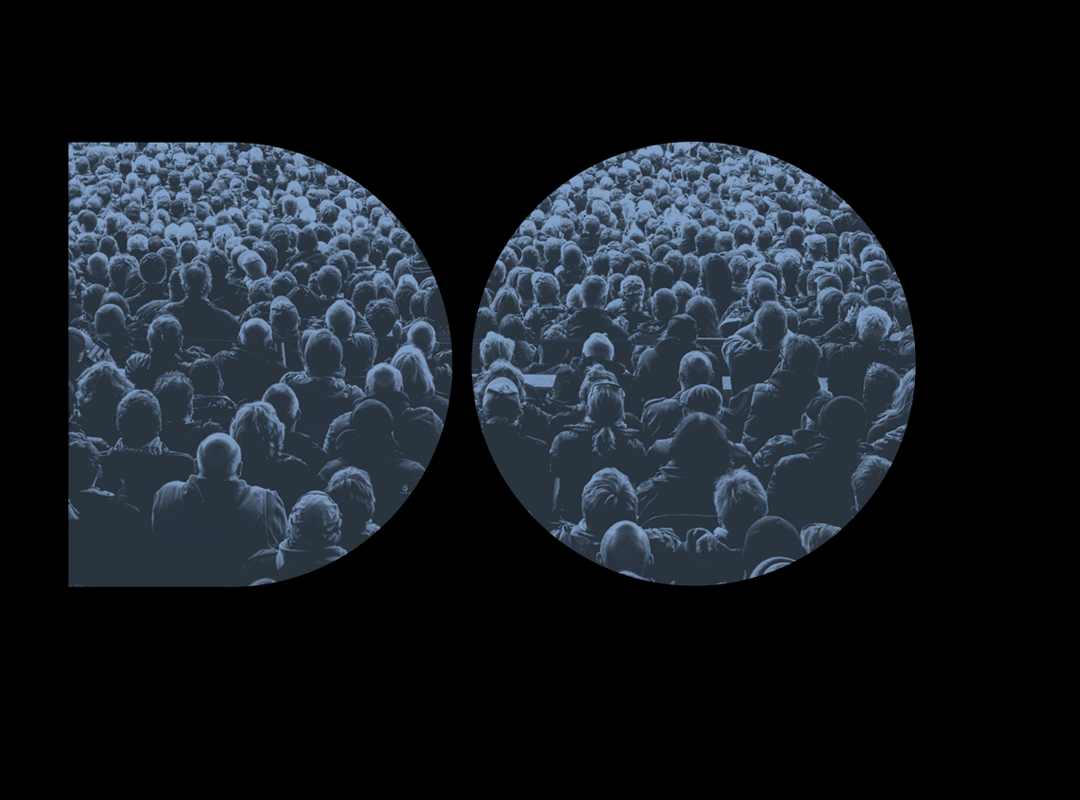
December 31, 2009
Danger, Nostalgia, and Playgrounds

Rocket ship playground, Burlington, Colorado (2009), Brenda Biondo via Hyperallergic.
Hyperallergic had a nice writeup the other day on a book of photographs by Brenda Biondo: Once Upon a Playground: A Celebration of Classic American Playgrounds, 1920-1975. I loved the pictures, but I was also struck by the headline: “Nostalgia for the Disappearing Danger of Mid-Century Playgrounds.”
I am attracted to the idea that the “classic” playground entails “danger” — and that our emotional response to that might be “nostalgia.”
I think this actaully makes sense. Absent of, say, children, or other signs of life, some of thes objects do look vaguely menacing. (Even the groovier ones, like the rocket-ship playground above, seem a little spooky.)
It’s certainly the case, if my childhood memories are reliable, that the playgrounds of the past entailed physical peril: I injured myself on more than one play-oriented public contraption. Maybe I was simply a klutz, but in any case there is something almost threatening to me about the hard, hot, metal objects, the sharp edges and unforgiving surfaces, that Biondo documents. There’s a sense of spinning risk that we used to simply accept as part of the cost of doing fun.
Maybe the nostalgist views these as reminders of a time when we didn’t worry so much? Evidently such playgrounds are disappearing. And I recall a very thoughtful talk at the 2011 D-Crit Conference about the need to rethink the design of these spaces. Arguably, in fact, what we have here is a pleasing documentation of dubious design — dubious design that, somehow, we are sorry to see disappear.

Hartsel, Colorado (2011) Brenda Biondo via Hyperallergic.

Two-way climber, Colorado Springs, Colorado (2006) Brenda Biondo via Hyperallergic.
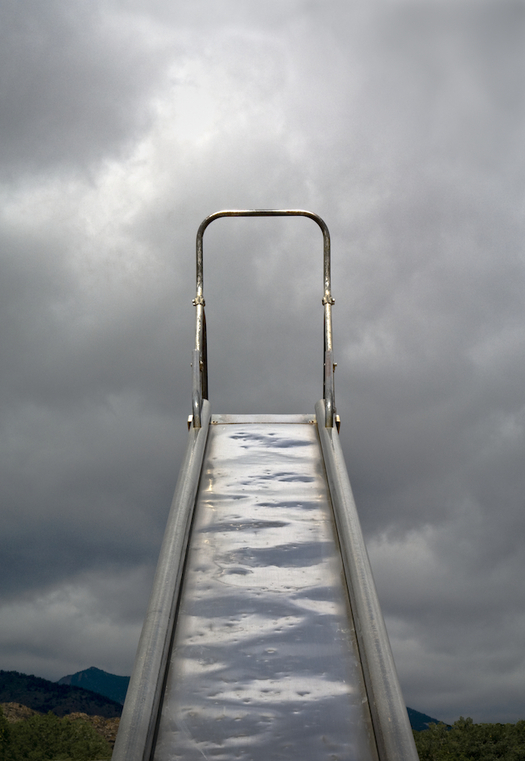
Colorado Springs, Colorado (2006), Brenda Biondo via Hyperallergic.
Observed
View all
Observed
By Rob Walker
Related Posts
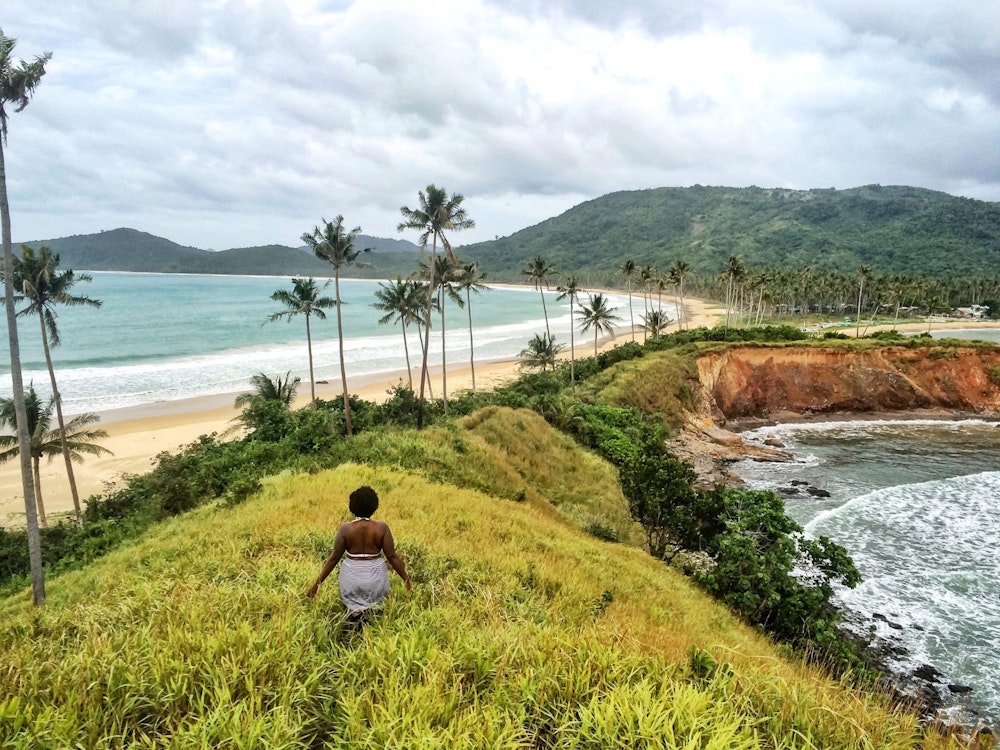
Business
Courtney L. McCluney, PhD|Essays
Rest as reparations: reimagining how we invest in Black women entrepreneurs
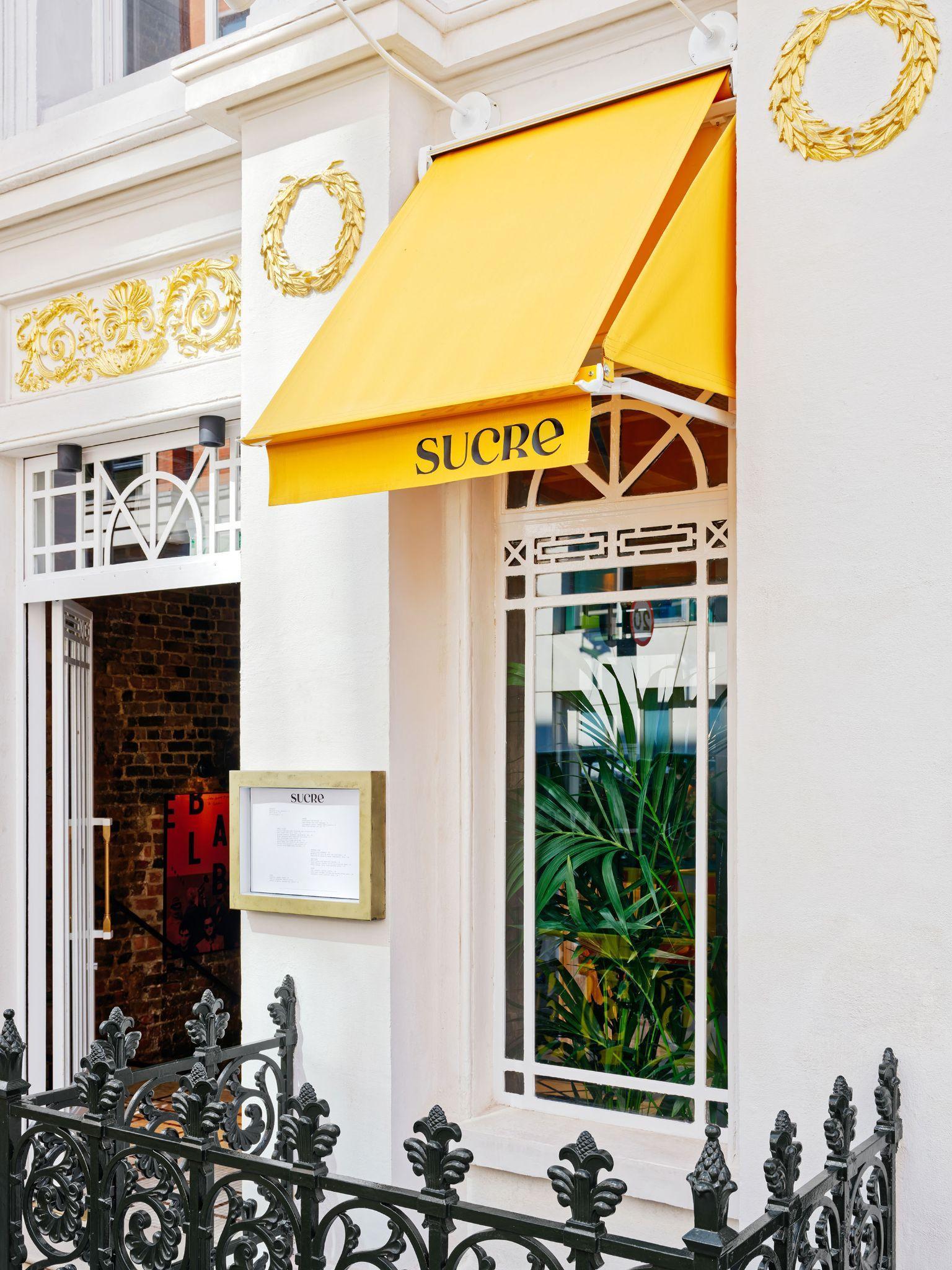
Design Impact
Seher Anand|Essays
Food branding without borders: chai, culture, and the politics of packaging

Graphic Design
Sarah Gephart|Essays
A new alphabet for a shared lived experience
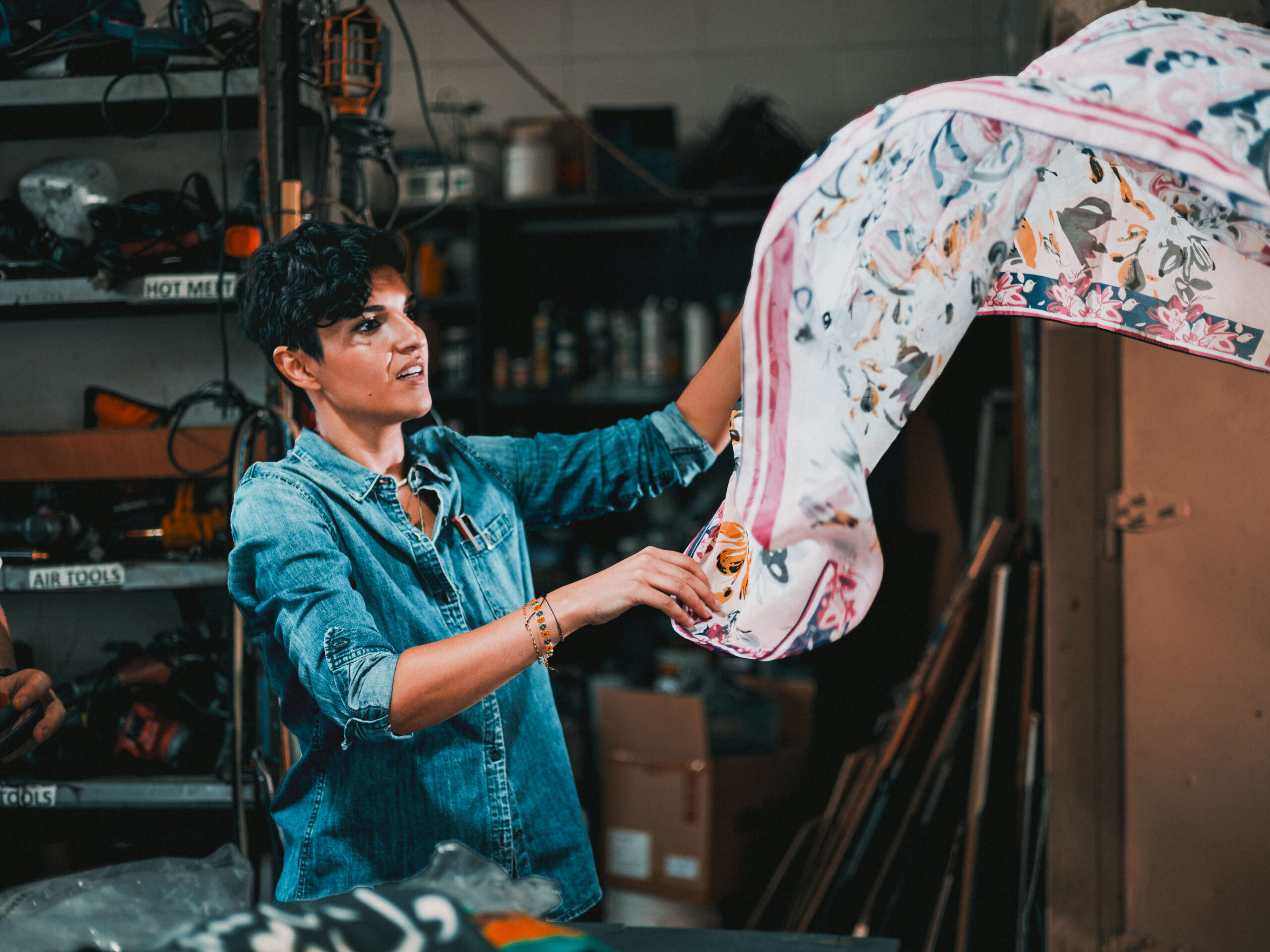
Arts + Culture
Nila Rezaei|Essays
“Dear mother, I made us a seat”: a Mother’s Day tribute to the women of Iran
Recent Posts
Candace Parker & Michael C. Bush on Purpose, Leadership and Meeting the MomentCourtney L. McCluney, PhD|Essays
Rest as reparations: reimagining how we invest in Black women entrepreneurs Food branding without borders: chai, culture, and the politics of packaging Why scaling back on equity is more than risky — it’s economically irresponsibleRelated Posts

Business
Courtney L. McCluney, PhD|Essays
Rest as reparations: reimagining how we invest in Black women entrepreneurs

Design Impact
Seher Anand|Essays
Food branding without borders: chai, culture, and the politics of packaging

Graphic Design
Sarah Gephart|Essays
A new alphabet for a shared lived experience

Arts + Culture
Nila Rezaei|Essays

 Rob Walker is a technology/culture columnist for
Rob Walker is a technology/culture columnist for